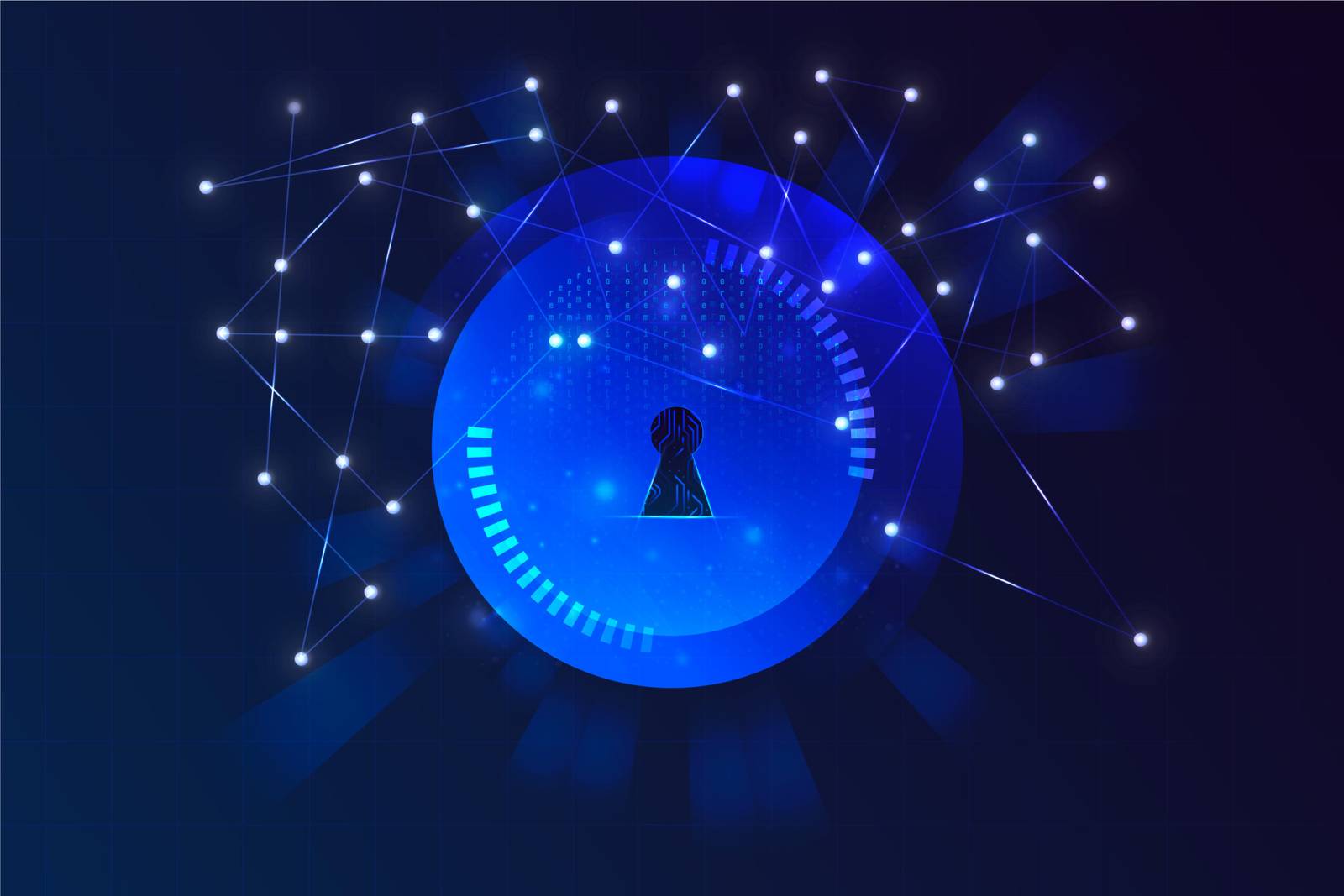Quantum Cryptography and Government Security

by Web Digital
In an era marked by escalating cyber threats and the need for robust information protection. The convergence of quantum cryptography and government security emerges as a critical paradigm. This article delves into the principles, applications, challenges, and the transformative impact of quantum cryptography on enhancing the security posture of government communications and sensitive data.
Understanding Quantum Cryptography:
Quantum cryptography leverages the principles of quantum mechanics to secure communication channels fundamentally. Unlike classical cryptographic methods that rely on mathematical complexity. Quantum cryptography utilizes the unique properties of quantum particles, such as photons, to achieve unconditional security.
Quantum Key Distribution (QKD):
At the core of quantum cryptography is Quantum Key Distribution. QKD allows two parties to generate a shared secret key over a quantum communication channel. Any attempt to intercept or measure the quantum states exchanged during key distribution inherently disturbs the system, alerting the communicating parties to potential eavesdropping.
Entanglement and Superposition:
Quantum entanglement enables the instantaneous correlation of quantum states across distances, providing a secure means of key distribution. Superposition allows quantum bits, or qubits, to exist in multiple states simultaneously. Adding a layer of complexity that enhances cryptographic security.
Applications in Government Security:
Secure Communication Networks:
Government agencies require secure communication channels to exchange classified information. Quantum cryptography ensures the confidentiality and integrity of communications by leveraging the principles of quantum key distribution, making it highly resistant to interception or decryption by unauthorized entities.
Data Integrity and Authentication:
Quantum cryptography not only secures the transmission of data but also guarantees its integrity. The ability to detect any attempt at tampering with transmitted quantum states ensures that data authenticity is maintained throughout the communication process.
Protecting Against Quantum Attacks:
As quantum computers advance, they pose a potential threat to traditional cryptographic methods. Quantum-resistant algorithms are a crucial component of government security, and quantum cryptography provides a quantum-safe alternative, ensuring the long-term security of sensitive information.
Challenges and Considerations:
Technological Complexity:
Implementing quantum cryptography requires sophisticated technology, including quantum key distribution systems and quantum communication infrastructure. The complexity of these technologies poses challenges in terms of scalability and practical deployment.
Quantum Key Distribution Range:
The range of quantum key distribution is limited by factors such as signal loss in optical fibers. Overcoming these limitations to establish secure communication over longer distances remains a focus of research and development.
Integration with Existing Infrastructure:
Integrating quantum cryptography with existing communication networks poses challenges. Ensuring seamless interoperability with conventional cryptographic systems while transitioning to quantum-safe solutions is a complex task.
Cost Implications:
Quantum cryptography technologies are currently in the early stages of development, and their implementation can be costly. Research and investment are required to make quantum cryptographic solutions more accessible to government agencies.
International Perspectives:
Global Quantum Communication Networks:
The race to develop quantum communication networks on a global scale is underway. Countries recognize the strategic importance of quantum technologies in ensuring the security of government communications and are investing in research and development to establish quantum communication infrastructures.
International Collaboration and Standards:
Collaboration between nations is crucial in establishing international standards for quantum cryptography. Shared frameworks and protocols ensure a consistent and interoperable approach to quantum-secured communication, fostering a global ecosystem of trust.
The Future Landscape:
Quantum Internet:
The development of a quantum internet is on the horizon, where quantum communication extends beyond point-to-point links to create a quantum network. This evolution holds the promise of secure, quantum-entangled communication between multiple parties.
Post-Quantum Cryptography Transition:
As quantum computers advance, the need for transitioning to post-quantum cryptographic algorithms becomes imperative. Government agencies are at the forefront of this transition, ensuring that their cryptographic infrastructure remains resilient in the face of quantum threats.
Quantum-Secure Satellite Communication:
Quantum key distribution via satellite communication is gaining attention for its potential to establish secure communication links over long distances. Governments are exploring the use of quantum-secured satellites to enhance the security of their communications.
Conclusion:
In conclusion, the integration of quantum cryptography into government security frameworks represents a paradigm shift in ensuring the confidentiality and integrity of sensitive information. As governments grapple with evolving cyber threats and the advent of quantum computing, quantum cryptography stands as a beacon of innovation. While challenges persist, ongoing research, international collaboration, and advancements in quantum technologies are paving the way for a future where secure communication is not just a necessity but a quantum-entangled reality. Quantum cryptography, with its unique ability to leverage the principles of quantum mechanics, holds the key to unlocking unprecedented levels of security in the digital age.
Recommended Posts

Web Design Portfolio Tips for Canadian Freelancers
September 27, 2025

The Cost of SEO Services in Canada
September 27, 2025

How to Use Google Business Profile for Local SEO
September 26, 2025
